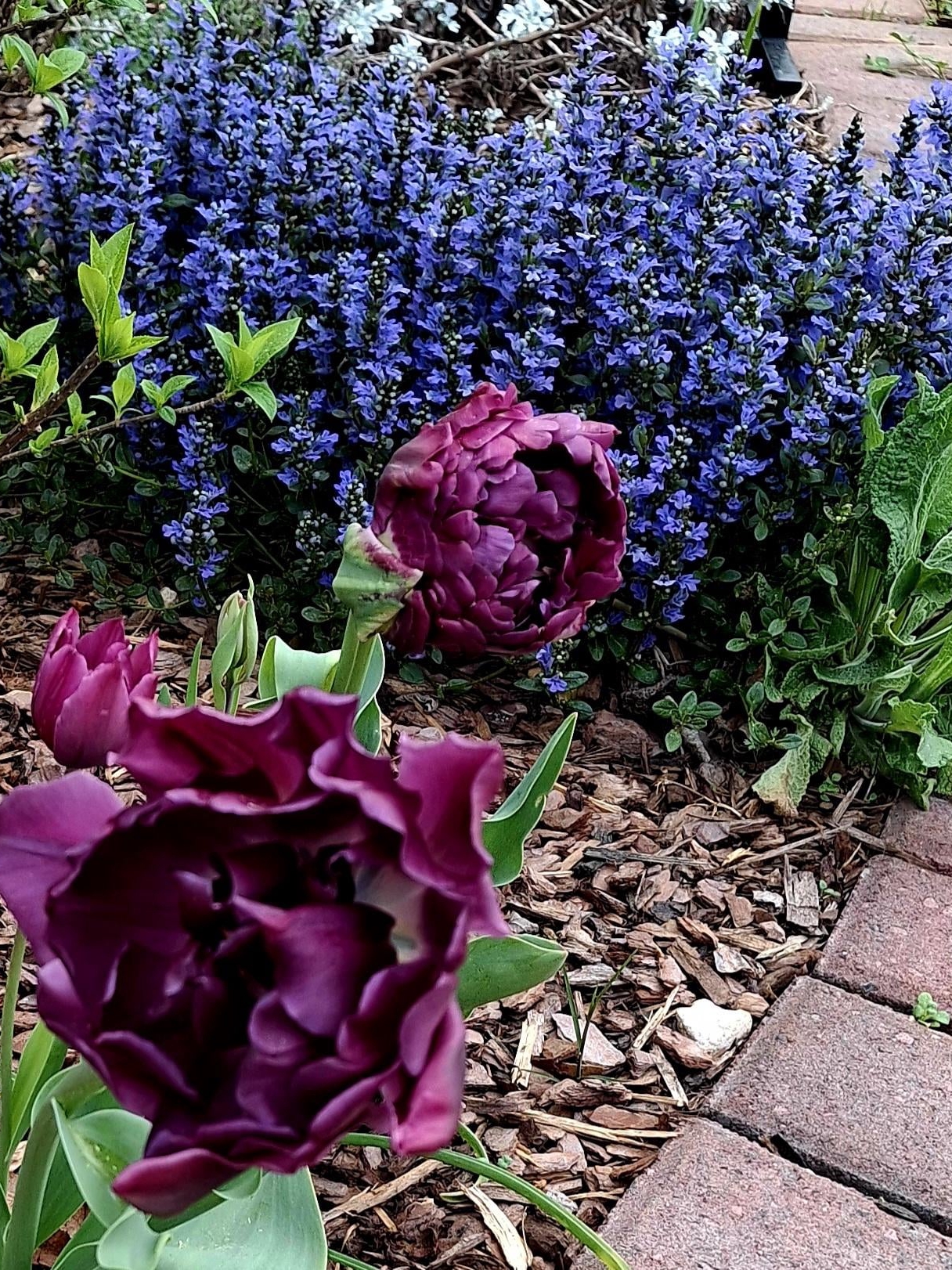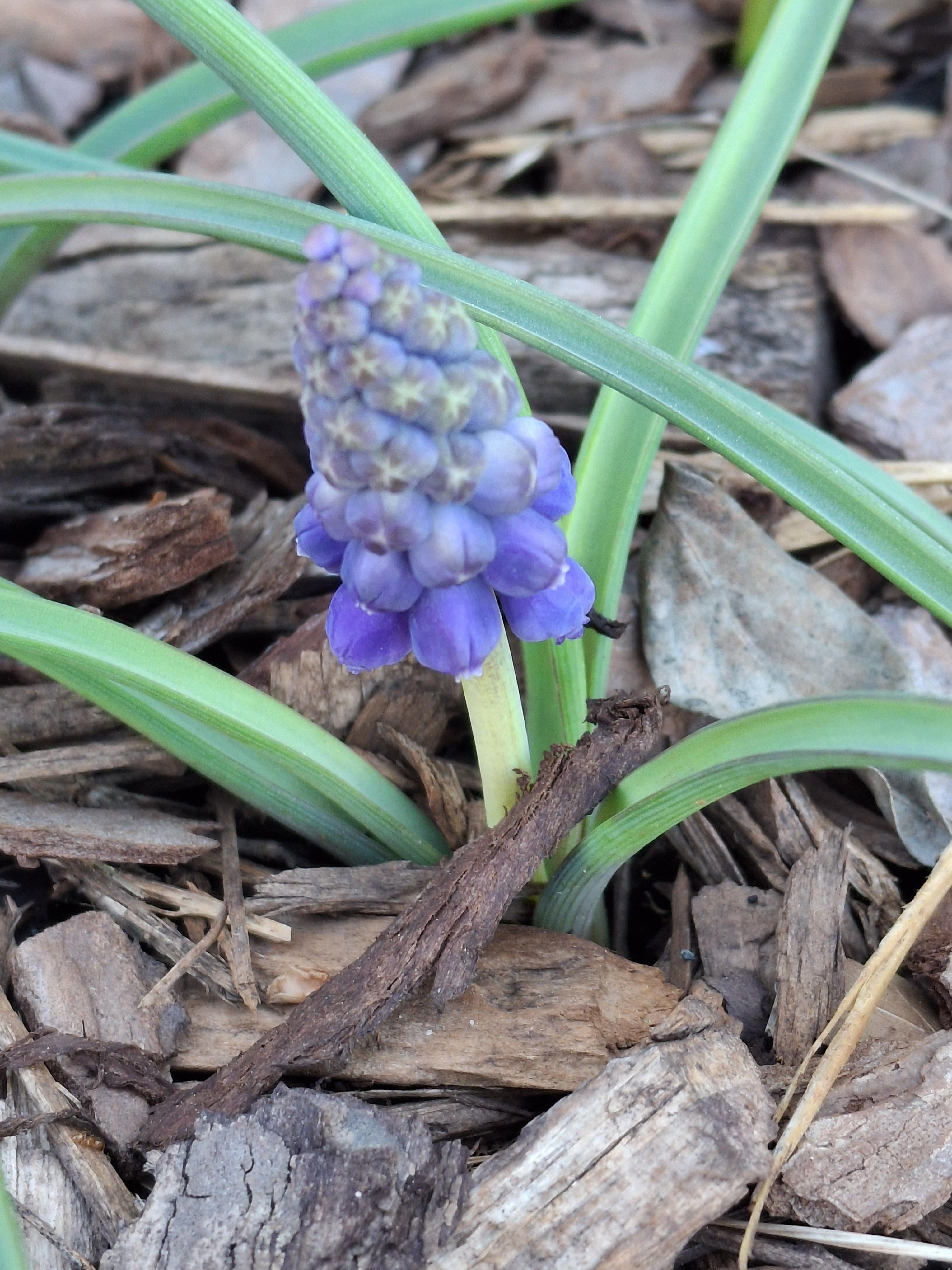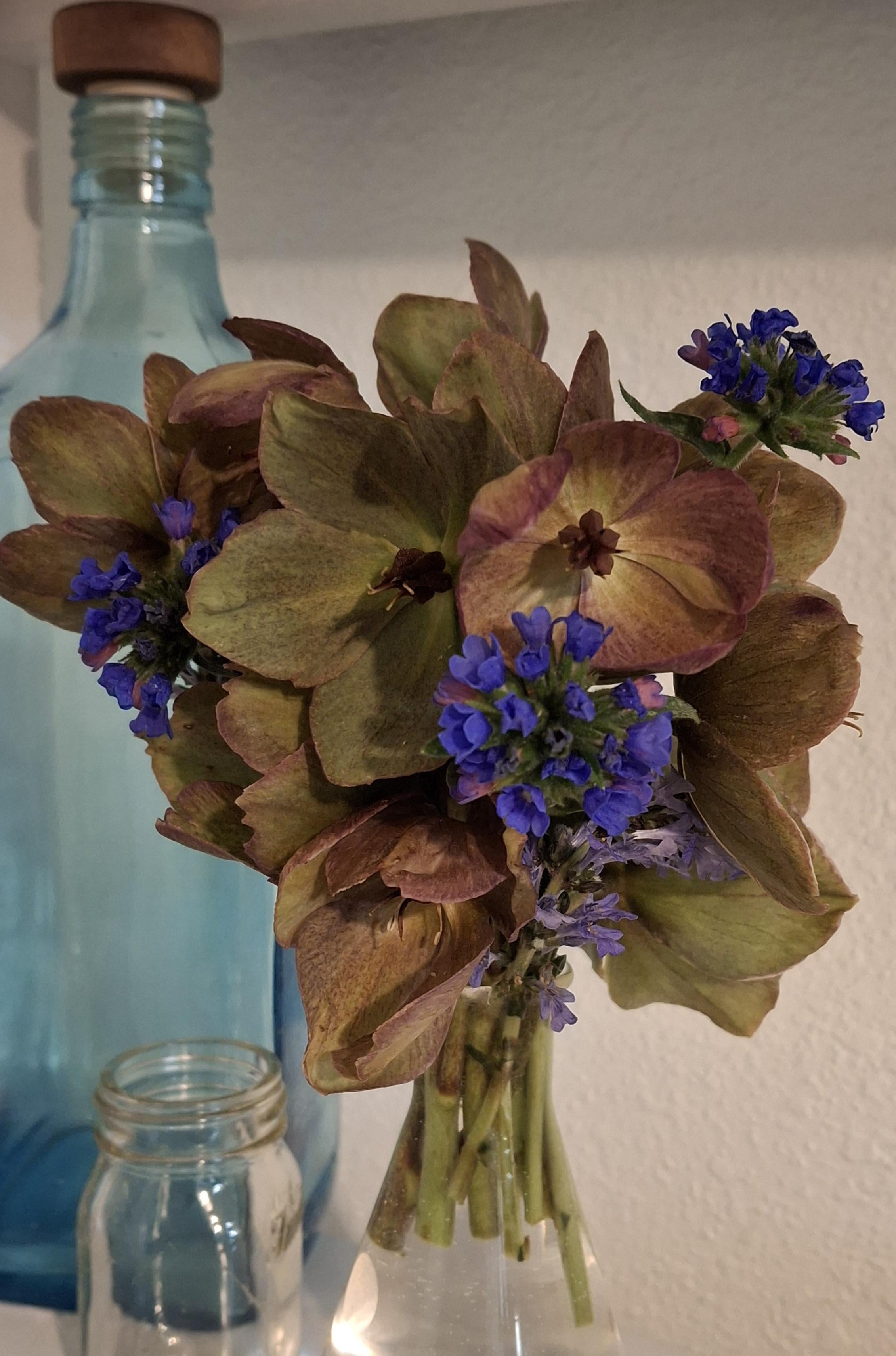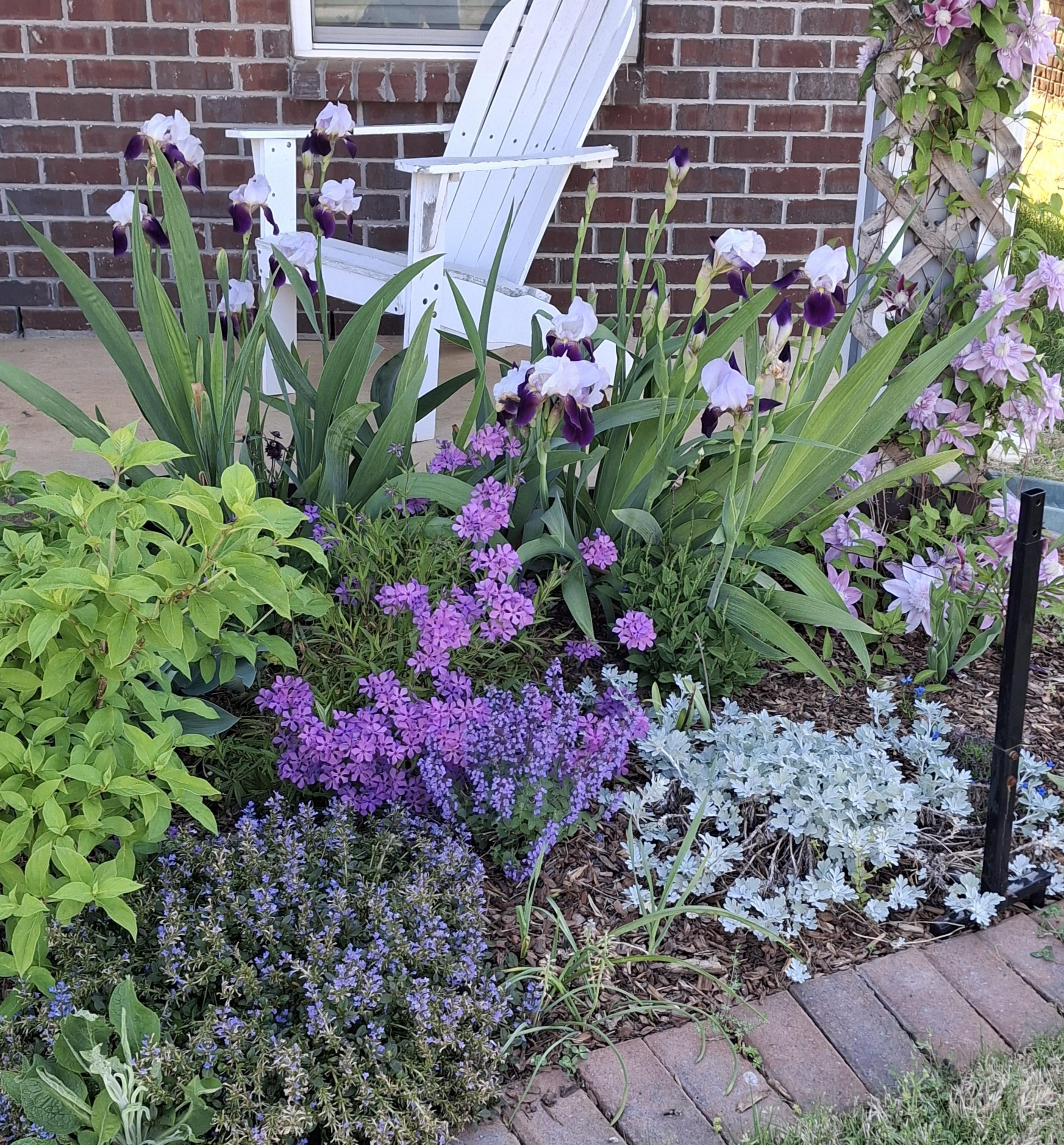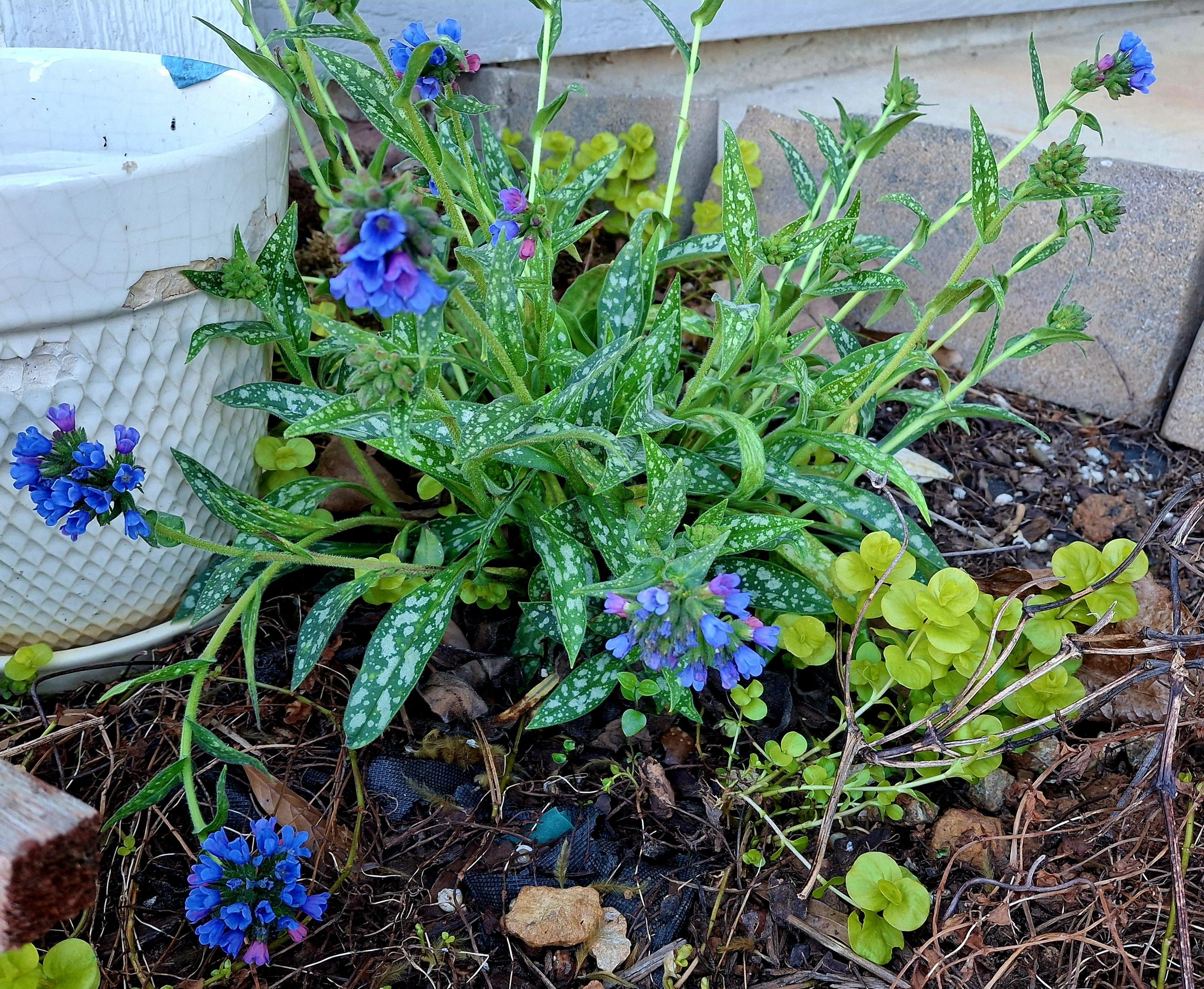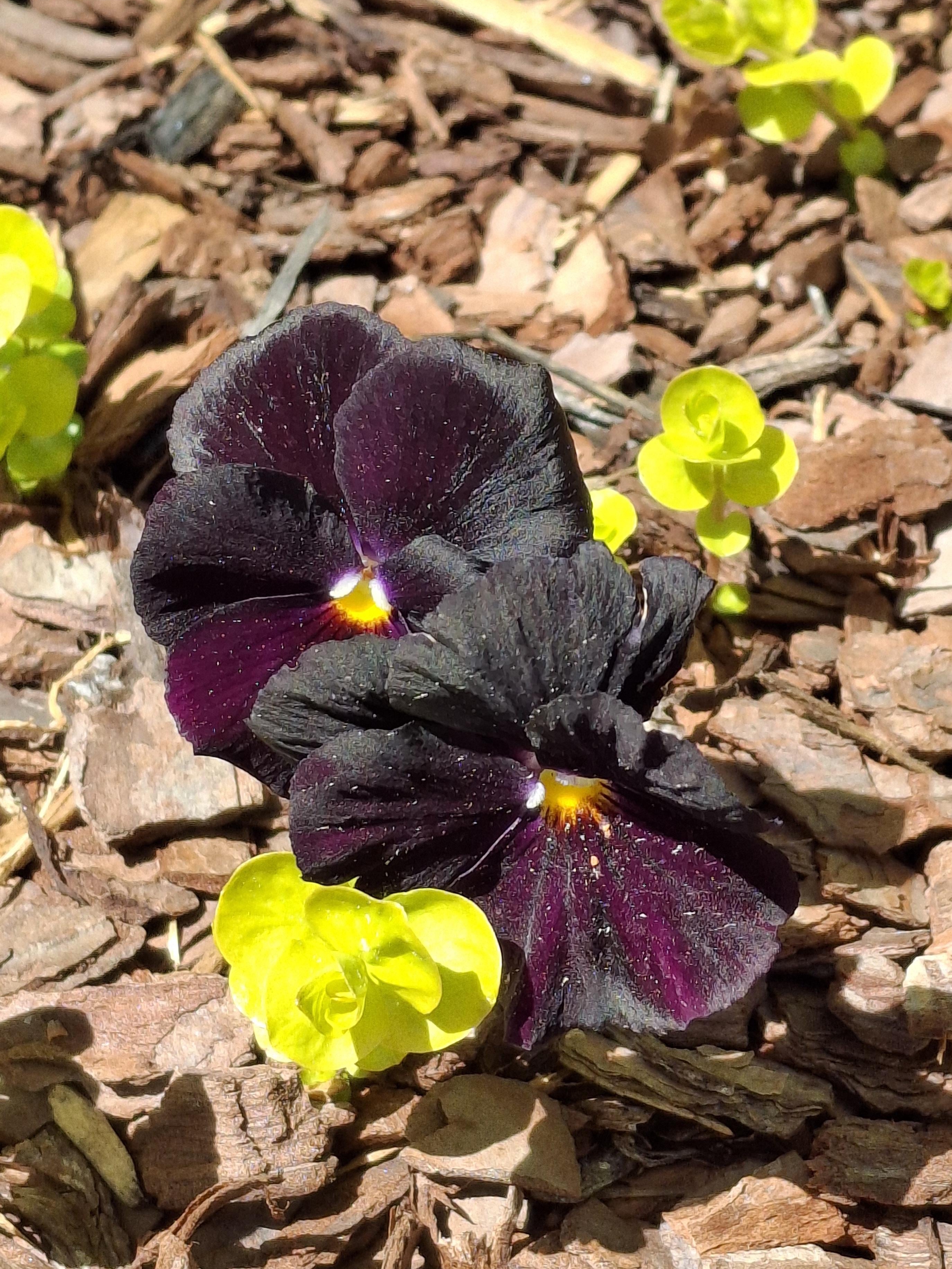1/6
why my purple garden stirs old memories and new debates
When I step into my backyard, the deep purples and blues of my irises and salvias always take me back to my grandmother’s garden in upstate New York. She believed in the old ways—planting what the family had always grown, sticking to lilacs and violets, letting nature take its course. Now, I see younger neighbors favoring bold, almost neon hybrids, chasing Instagram-worthy colors that sometimes feel out of place in our cool Northeastern springs. I find myself torn. There’s a comfort in the familiar—the rich, shadowy hues that thrive in our unpredictable weather, the way the morning dew clings to the leaves, reminding me of childhood summers. But I also see the appeal of the new: drought-resistant varieties, engineered for our changing climate, promising blooms even when the rain forgets us. Some in our community say we should stick to native plants, honoring tradition and protecting local wildlife. Others argue for freedom—why not plant what brings you joy, even if it’s a flashy blue petunia from the garden center? Last fall, our neighborhood association nearly came to blows over a front yard filled with black pansies—too somber for some, a bold statement for others. As the seasons shift and our gardens change, I wonder: are we clinging to the past, or bravely growing into the future? Every purple blossom in my yard is a conversation between generations, a living memory, and sometimes, a quiet rebellion. #gardeningdebate #purplegarden #traditionvsinnovation #Gardening
2025-07-02
write a comment...
